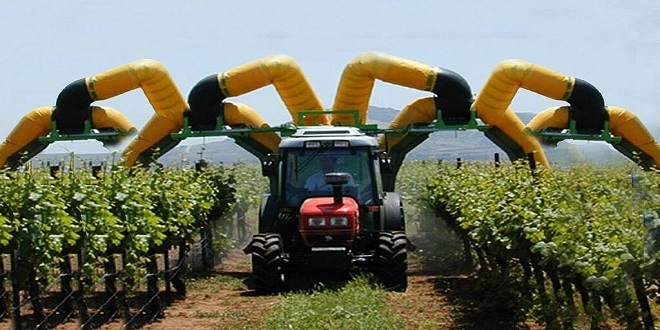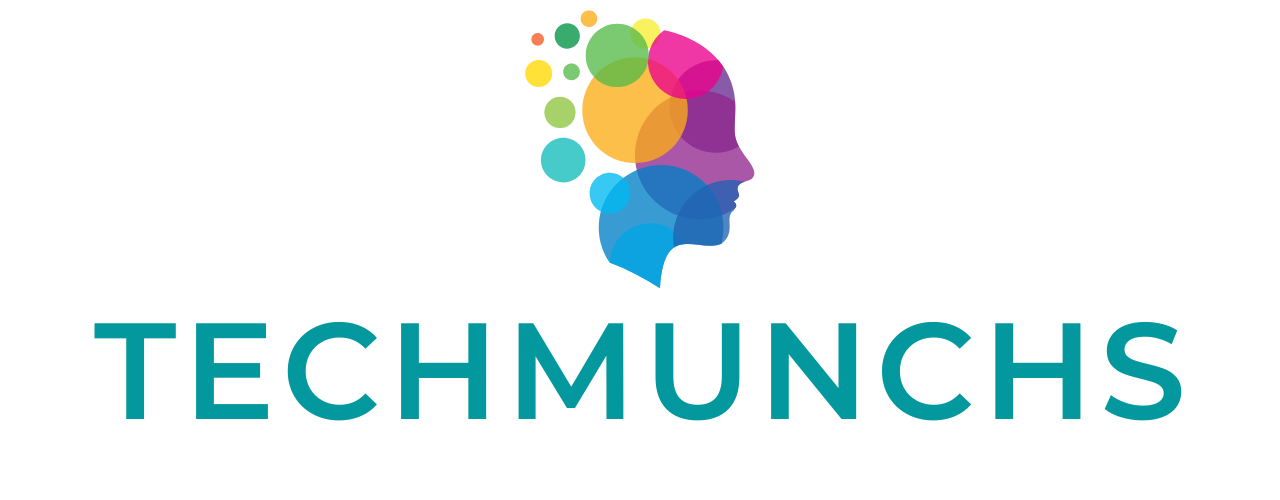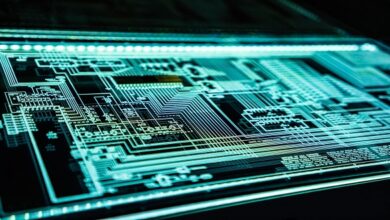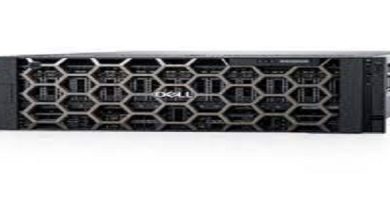New Agriculture Technology for Modern Farming

Modern farming is built on innovation. This sector is plagued by labour shortages, rising costs of supplies, customer preferences for transparency, sustainability, and customer preferences. In the past ten years, agricultural technology has seen a rapid increase in its use. The tractor has seen significant improvements to ensure operator safety and the use of valuable implements. Global markets have seen key technological advances in the areas of automation, robotics, livestock technology, robotics, and indoor vertical agriculture. Digital technology is being adopted by farmers to manage their fields and treat crops. Smart agriculture is made safer, more efficient, and more profitable by AgTech.
Modern farms can reap the benefits of new technology in agriculture. Low prices, low fertilizer consumption, low water consumption, low chemical runoff into groundwater and low fertiliser consumption are just a few of the benefits. This makes businesses more sustainable, efficient, and cost-effective. The rest of this article will provide more information about modern agriculture technologies.
GIS Application
GIS is used to capture, store, deploy, evaluate, and present geographic data. GIS maps agricultural changes such as soil temperature, crop output, and sleet. Farmers can identify the type of soil by performing soil analysis. It is easier to choose the right crops to grow in this soil. This data can also provide insight into the maintenance of soil nutrients. Agricultural mapping encourages sustainable production by making the best use of natural resources. Instead of sitting in tractors all day you can monitor the GIS system.
Farmers can also adapt to different variables like elevation, wind direction and rainfall amount for crop management. Satellites and drones can provide valuable data that allows for accurate decision making. GIS can be used with smart machinery to optimize pesticide and fertiliser dispersal. It is not necessary to spray all of the farm with tractors. You can target certain areas only. This saves you time, effort, and money.
Internet of Things
IoT is a form of IoT that uses remote sensors, drones, robots, computer imaging and drones to map and monitor the crops and survey the fields. The information can be used by farmers to create a balanced farm management program that saves time and money. IoT applications can automate most of the work you do with your tractor. Smart farming is possible thanks to these systems, which play an important role in crop and soil monitoring. Predictive analysis and machine-learning help farmers prepare for adverse weather conditions such as drought and floods.
Smart sensors, motion detectors, and light detectors provide real-time information about farms. Real-time crop monitoring allows you to monitor the quality of your products. IoT is a smart irrigation system that monitors moisture levels in air and water lanes. It is obvious that livestock requires constant monitoring. Smart tracking allows you to directly send information about your livestock via IoT. Farmers can also detect flu outbreaks ahead of time, which is a significant aspect. They are able to distinguish infected from non-infected breeds.
Robotics
India’s economic stability is and will continue to grow in large part due to agriculture. In order to alter the development parameters, technology has collaborated with agriculture. There is an increasing need to increase agricultural production due to the rising human population. Robotics is the solution. Robotics can help farmers perform repetitive, boring or slow tasks. Farmers can focus their efforts on increasing the overall yield. Robots can perform essential tasks such as weed control, soil analysis and sorting and packing, phenotyping and harvesting, automated spraying and seeding, pruning, and mowing.
Fertilisation and irrigation are vital steps in maintaining healthy crops. Ground robots can autonomously go through rows of plants while pouring water. Robots can reach areas that are difficult for other machines, such as tractors. Robots can also access areas that are difficult to reach for other machines like tractors. This solves the problem of labour shortages. Instead of focusing on manual work, you can now concentrate on the entrepreneurial aspects.
RFID
Farmers are concerned about the issue of food waste. Produces are faced with a number of challenges, including transportation, short shelf life and time to market. These problems are solved by RFID every day. To ensure high quality, timely delivery and reduced waste, producers can combine IoT, Near Field Communication, and RFID. Farm automation and control can be achieved through RFID deployment. The ability to do all is not possible for tractors. RFID crop tagging can be used to track all stages of cultivation. This technology records precise crop data and automates inspections. RFID tags can provide data that improves farm productivity. Farmers will spend less time operating tractor and more time making informed decisions.
Minichromosomal Technology
Minichromosomes, which are tiny structures in cells that contain little genetic material, are called minichromosomes. They can store vast amounts of information. Using this technology, geneticists can give crops different traits. This technology can be very beneficial for plants, as it can give them critical attributes such as increased nitrogen use and drought tolerance. This process will not alter the genetic makeup of the crops. Minichromosomal technology has gained popularity worldwide as there is a greater demand for higher yields. It is important to produce high-quality, healthy crops. BT Cotton is an example of a crop that can resist bollworms. Farmers will also be less dependent upon chemical use as crops can be resistant to certain diseases and pests.
Pervasive Technology
All innovations that reduce operator workload are considered pervasive technology. Remote control or robotics can be used to remotely control autonomous tractors. This allows them to choose the best fertilisation and seeding routes. Smart tractors can be controlled remotely by using GPS, radar, and sensors to cultivate land and harvest crops without the need for an operator. Automation facilitates precise and controlled growth by providing guidance to producers about pest attacks, crop rotation, water management, and the best planting. Machine learning using drones and satellite imagery can help in forecasting weather conditions, detecting the presence of pests or diseases, and also in determining poor nutrition. Deep learning, artificial intelligence and machine learning are some of the most important automation techniques under ubiquitous technology.
Another common challenge is addressing errors in Shabd Roop. One of the most frequent errors is using the wrong form for a particular case or gender. To avoid this, learners need to have a good understanding of the rules and patterns that govern Shabd Roop. Practice exercises that focus on identifying and correcting errors can also be helpful.




